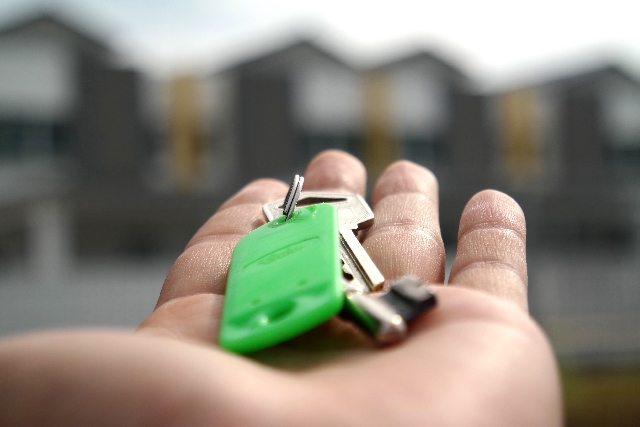What is the Difference Between NDIS & Other Types of Properties?
The National Disability Insurance Scheme (NDIS) is a government-funded scheme that provides financial assistance to people with a disability. The NDIS is different from other types of property insurance schemes in a number of ways.
Firstly, the NDIS is means-tested, which means that only people with a certain level of income are eligible for the scheme. Other types of property insurance schemes, such as home and contents insurance, are not means-tested.
Secondly, the NDIS provides support for people with a disability to help them live independently, whereas other types of property insurance schemes do not provide this type of support.
Finally, the NDIS is available to all Australian residents who have a disability, regardless of their age or when they acquired their disability. Other types of property insurance schemes often have age limits or exclusions for people with pre-existing conditions.
What are the Benefits of an NDIS Property?
There are many benefits of living in an NDIS property. One benefit is that all of the features of the home are designed to meet the needs of people with disabilities. This includes features such as wheelchair-accessible doorways, ramps, and bathrooms. Another benefit is that people who live in NDIS properties have access to support services that can help them with everyday tasks such as cooking, cleaning, and personal care.
Living in an NDIS property can improve the quality of life for people with disabilities. It can provide them with independence and a sense of community. It can also give them access to the support they need to live the best life possible.
How does An NDIS Property Work?
An NDIS Property is a Commonwealth-owned asset that is leased to the National Disability Insurance Scheme (NDIS) to provide accommodation and support for people with disabilities. The property is managed by the NDIS Commission, which is responsible for ensuring that the property meets the needs of people with disabilities.
The NDIS Commission leases properties from state and territory governments, private landlords, community housing providers and other organisations. It also manages a small number of properties itself.
There are two types of NDIS properties: Supported living accommodation (SLA) and Specialist Disability Accommodation (SDA). SLA properties are designed to provide independence and promote social inclusion for people with disabilities. SDA properties are purpose-built dwellings that cater specifically to the needs of people with high-support needs.
Both types of NDIS properties must meet certain design and construction standards in order to be approved by the NDIS. In addition, both types of properties must be managed by an accredited provider.
How to Find A NDIS Property
If you’re looking for an NDIS property, there are a few things you need to keep in mind. First and foremost, you need to make sure that the property is registered with the National Disability Insurance Scheme (NDIS). You can do this by searching the NDIS Register of Participants.
Once you’ve found a few potential properties, it’s important to contact the landlord or agent to discuss your needs and see if the property is suitable for you. It’s also a good idea to visit the property in person to get a feel for it and make sure it meets your requirements.
Finally, once you’ve found the perfect NDIS property, be sure to sign a tenancy agreement that outlines your rights and responsibilities as a tenant. This will help ensure that both you and your landlord are on the same page and that you have a smooth transition into your new home.
How Much Does It Cost To Buy NDIS Property?
There is no definitive answer, as the cost will vary depending on the type and size of property you need. However, there are some general guidelines you can follow.
For example, a one-bedroom unit in an accessible apartment building could cost around $300,000. This price would include modifications to make the unit suitable for someone with a disability, such as wider doorways and wheelchair-accessible bathrooms.
If you need a larger property or one that is specifically designed for people with disabilities, the cost will be higher. A three-bedroom house designed for people with disabilities could cost upwards of $1 million.




